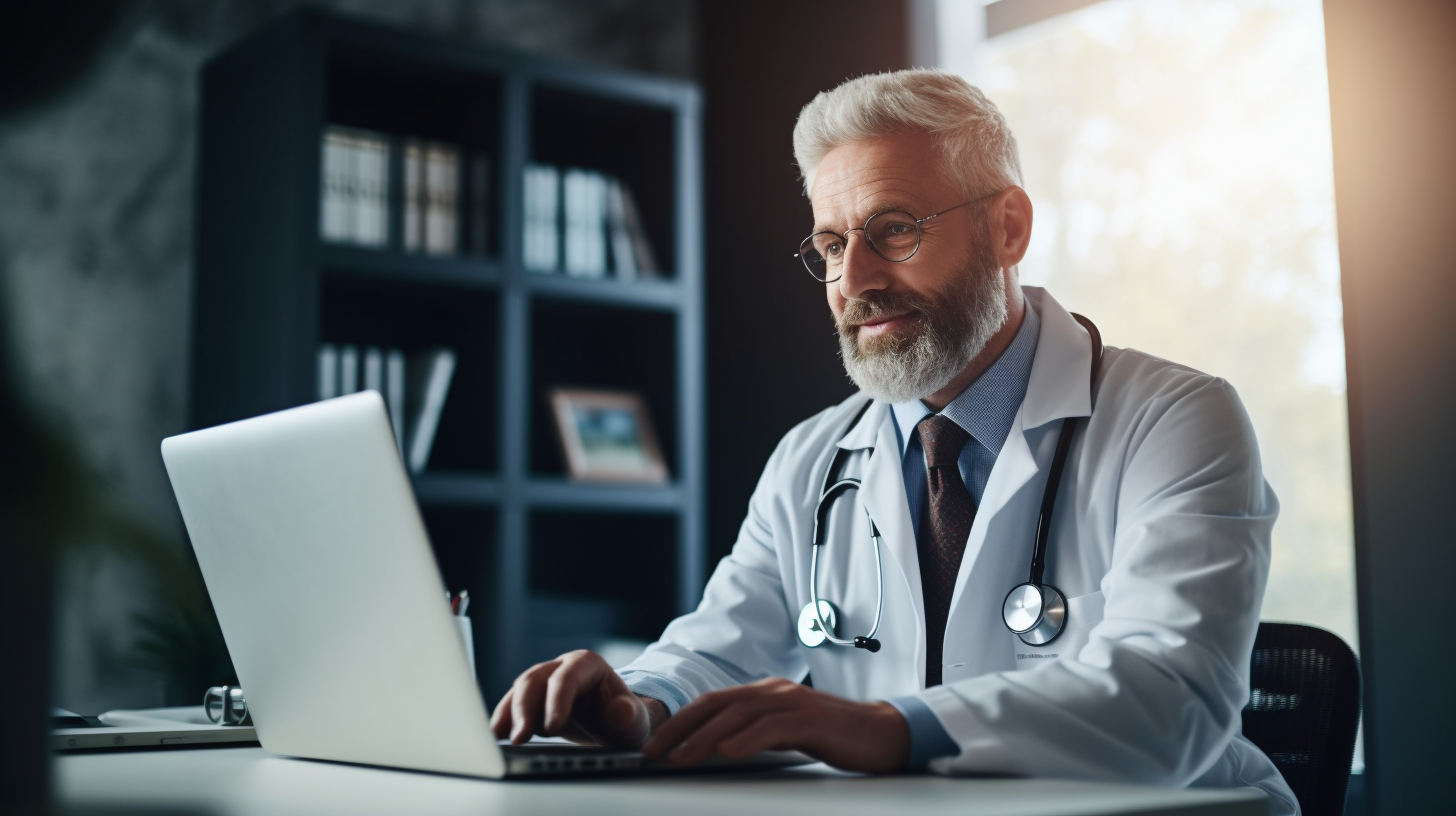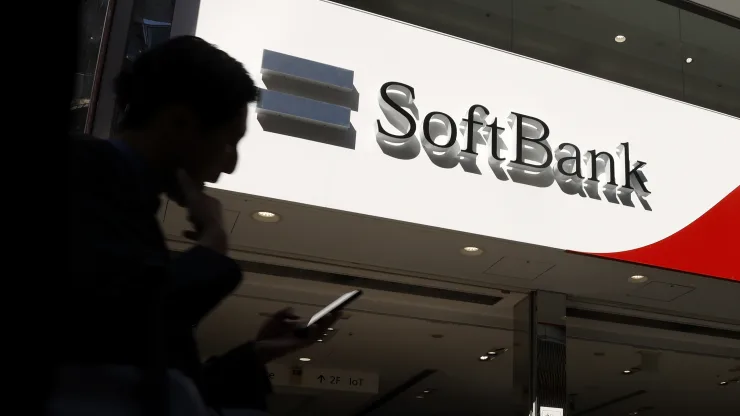Texas-based Diamondback Energy announced Monday that it will purchase Endeavor Energy Partners, the largest privately held oil and gas producer in the prolific Permian Basin, in a cash-and-stock deal valued at approximately $26 billion including debt.
The deal represents one of the largest energy sector acquisitions announced so far in 2024 and highlights the ongoing consolidation in the Permian as companies seek scale and improved efficiencies. Once completed, the merged company will be the third-largest producer in the basin behind only oil majors ExxonMobil and Chevron.
“Diamondback has proven itself to be a premier low-cost operator in the Permian Basin over the last 12 years, and this combination allows us to bring this cost structure to a larger asset base and allocate capital to a stronger pro forma inventory position,” said Travis Stice, CEO of Diamondback, in a statement.
The combined company is projected to pump 816,000 barrels of oil equivalent per day (boepd), with Diamondback estimating $550 million in annual cost savings. Diamondback shareholders will own approximately 60.5% of the new entity, while Endeavor owners will hold the remaining 39.5% stake.
The Permian Basin is located in West Texas and southeastern New Mexico. Technological advances in hydraulic fracturing and horizontal drilling have transformed the Permian into the most prolific oil field in the United States, responsible for about 40% of the country’s crude output.
The Diamondback-Endeavor deal is the latest in a string of major transactions aimed at consolidating Permian assets. In January, Exxon announced the purchase of independent producer Pioneer Natural Resources in a $60 billion agreement. Earlier in 2023, Permian drillers Civitas Resources and Colgate Energy revealed an all-stock merger valued at $7 billion.
Endeavor operates in the Midland sub-basin on the Texas side of the Permian, with its acreage located adjacent to existing Diamondback properties. This geographic overlap should allow for significant synergies as the companies integrate operations, infrastructure and drilling inventory.
Diamondback management highlighted Endeavor’s status as one of the Permian’s lowest-cost producers as a key rationale behind the acquisition. Folding Endeavor’s assets into Diamondback’s portfolio should lower overall expenses and boost cash flow on a per-share basis.
The merged company will hold approximately 1.1 million net acres in the Permian Basin and control over 2 billion barrels of recoverable oil equivalent resources. This expanded footprint provides enhanced scale for Diamondback to fund further development.
“This combination allows us to bring this cost structure to a larger asset base and allocate capital to a stronger pro forma inventory position,” noted Stice.
While offering enticing synergies, the partnership also carries risks if oil prices decline significantly from current levels near $80 per barrel. Diamondback is assuming roughly $7 billion of Endeavor’s debt as part of the transaction.
However, the substantial cost efficiencies and expanded production capacity position the newly merged business well for strong free cash flow generation, even in a lower price environment.
The deal is expected to close in Q4 2024 after customary approvals. Shares of Diamondback were up nearly 3% in Monday morning trading on news of the acquisition. The transaction continues the consolidation wave among Permian Basin independents as companies strive to improve margins and gain scale.
For Diamondback, the bold bet on Endeavor represents an opportunity to solidify its status as a Permian leader, while acquiring premium assets that should drive growth for years to come. The combined corporation will boast immense resources, significant capital flexibility and a management team with a proven track record in the basin.












